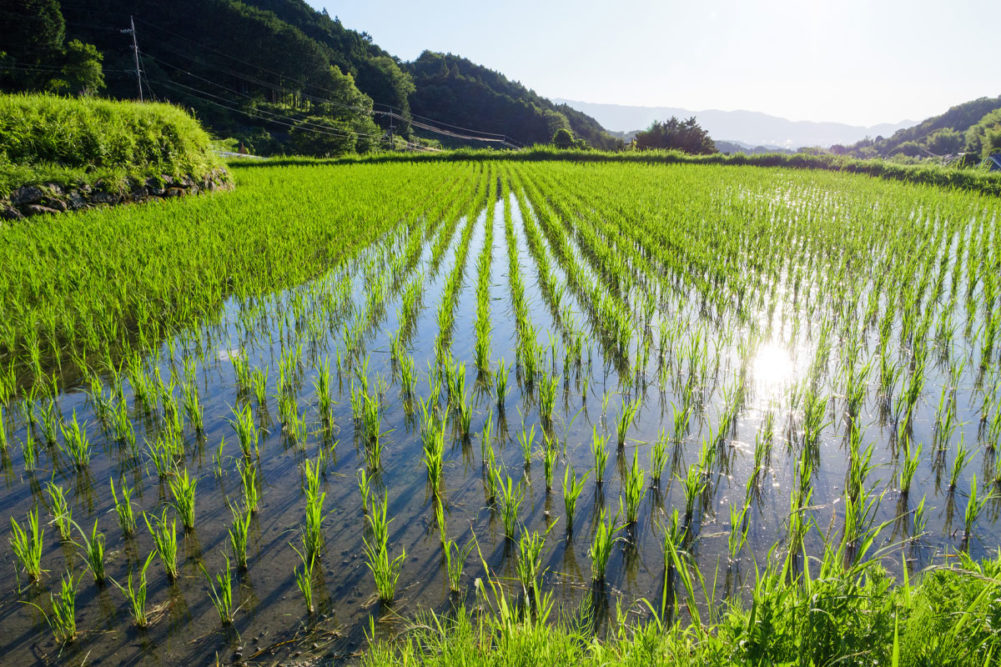OKAYAMA, JAPAN — Researchers at Okayama University have shown artificial intelligence (AI) may be used to instantaneously predict the yield of rice in a way that reduces costs. They created a database of over 20,000 rice field images and developed a convolutional neural network (CNN) model to predict the yield. Results of the study were published July 28 in Volume 5 of Plant Phenomics.
“Overall, the developed CNN model demonstrated promising capabilities in estimating rough grain yield from rice canopy images across diverse environments and cultivars,” said Yu Tanaka, associate professor at Okayama University’s Graduate School of Environmental, Life, Natural Science and Technology. “Another appealing aspect is that it is highly cost effective and does not require labor-intensive crop cuts or complex remote-sensing technologies.”
Ground-based digital images were taken from a distance of 0.8 to 0.9 meters at the harvesting stage of the crop. The research team then created a database of 4,820 yield data of harvesting plots and 22,067 images that encompassed various rice cultivars, production systems and crop management practices. The CNN model explained about 68% to 69% of yield variation in the validation and test datasets. The CNN model could predict yield accurately during the ripening stage and detect cultivar and water management differences in yield in the prediction dataset.
The AI-based method is available to farmers through a smartphone application.




